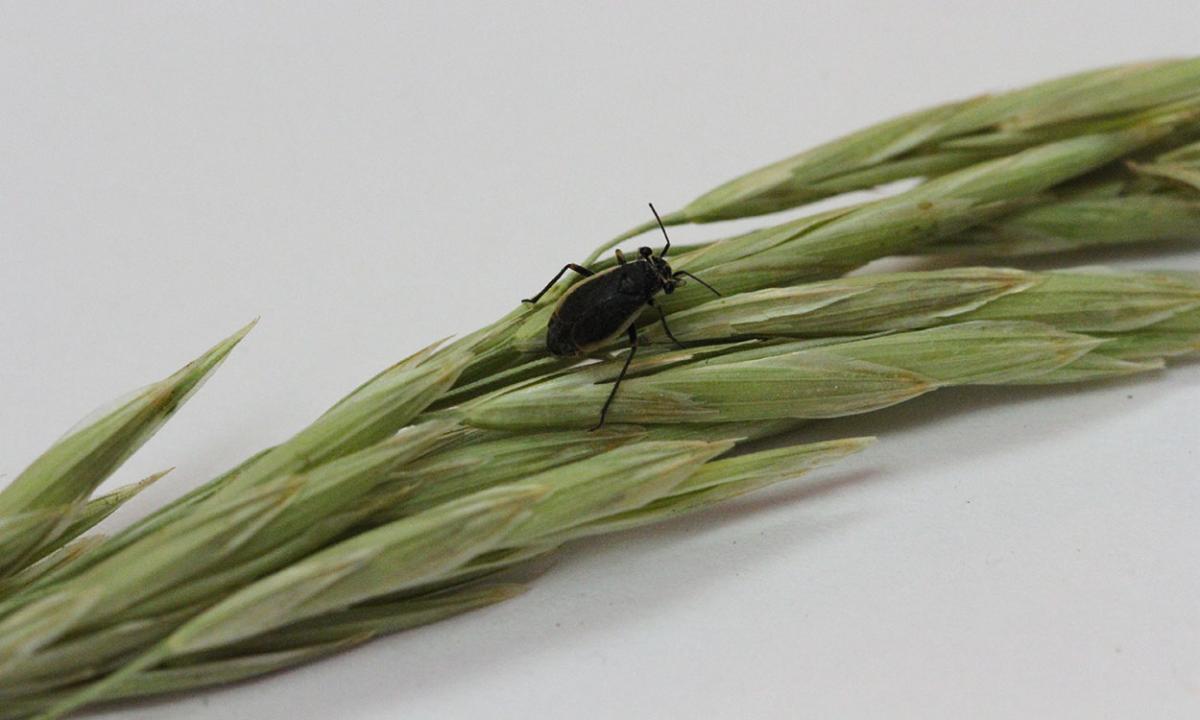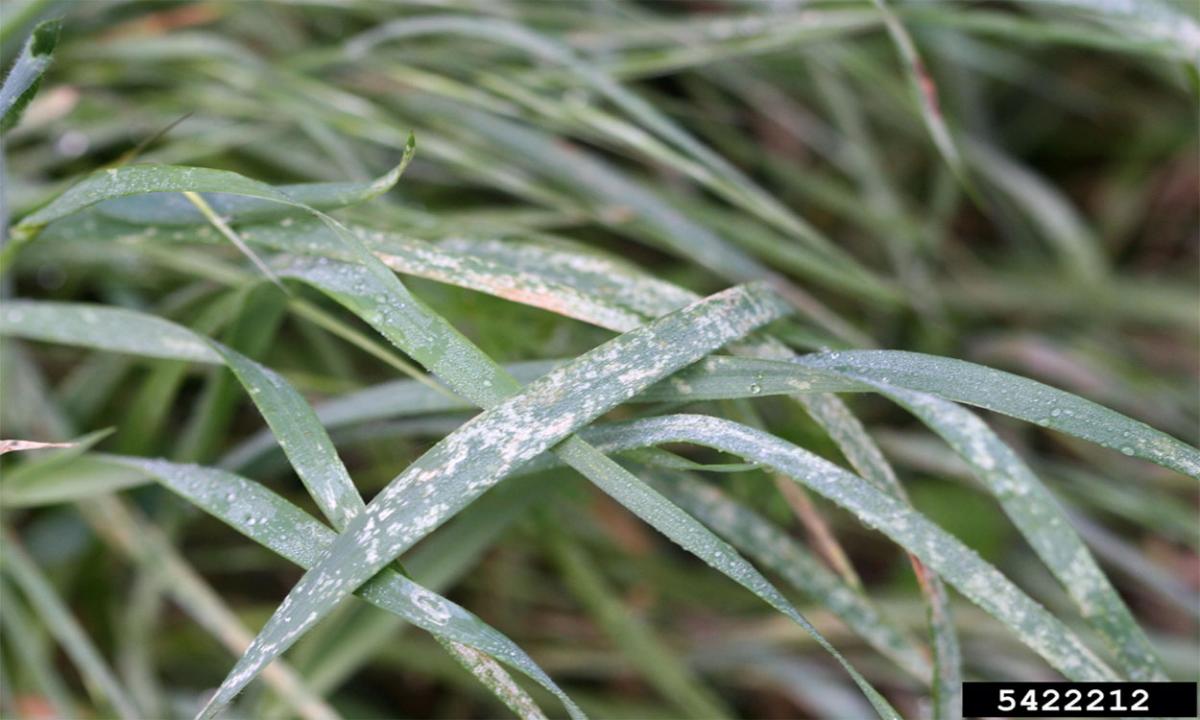With much of South Dakota continuing to experience moderate-to-extreme drought conditions, black grass bugs could become a concern in some areas.
During spring green-up, large populations of black grass bugs can cause severe damage to pasture (up to 90% forage reduction). They can also move into adjacent wheat fields and infest the field edges.
With adequate moisture, most plants can tolerate black grass bug feeding injury. However, drought stress can reduce the ability of plants to recover, which may lead to plant mortality.
Profile
Black grass bugs are small bugs that are either uniformly black or black with a tan margin along the wings (Figure 1). They're approximately one-quarter of an inch long and have large eyes that protrude from the sides of their head. Black grass bugs overwinter as eggs and hatch out as soon as grass begins to green up in April and May.
Upon hatching, nymphs feed on tender, new grass and mature over the next four to five weeks. As adults, they live for several more weeks to mate and lay eggs for the following year. Black grass bugs only have one generation per year.
 Figure 1. Black grass bug adult. Courtesy: Patrick Wagner, SDSU Extension.
Figure 1. Black grass bug adult. Courtesy: Patrick Wagner, SDSU Extension.
They prefer wheatgrasses, including crested and intermediate, making road ditches or pastures that are composed of wheatgrass monocultures the most-susceptible to infestation. Severe infestations may lead to black grass bugs migrating into nearby wheat fields, although injury is usually limited to the field edges.
Scouting and Management
There are no established thresholds for managing black grass bugs. However, early detection is recommended, as large populations can quickly cause widespread damage.
Check pastures and wheat fields for areas of discoloration, and inspect plants for stippling damage (i.e., white spots on the leaves) or the presence of black grass bugs. A sweep net may be helpful when scouting, as the bugs usually drop to the ground when disturbed.
Black grass bugs can be managed effectively through proper grazing management, hay removal, burning or foliar insecticides. For pasture and range situations, intensively grazing livestock in the spring can help reduce black grass bug feeding injury and the survival of egg-laying females.
 Figure 2. Feeding injury caused by black grass bugs. Courtesy: Whitney Cranshaw, Colorado State University, Bugwood.org.
Figure 2. Feeding injury caused by black grass bugs. Courtesy: Whitney Cranshaw, Colorado State University, Bugwood.org.
In areas that have been heavily impacted by black grass bugs during the previous year, applying an insecticide, such as Malathion, during spring emergence (late-April through May) can be very effective. It is not necessary to manage black grass bugs every year, as it takes several years for their populations to build up.






Post a comment
Report Abusive Comment